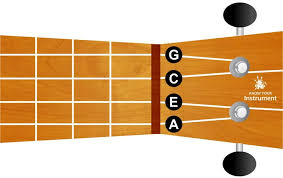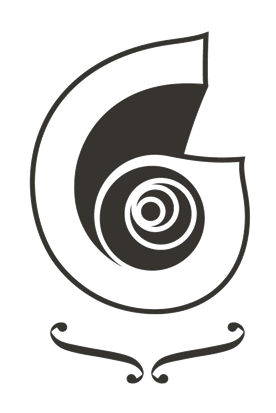
Can You Tune A Ukulele With A Guitar Tuner
Share
First of all, you need to check if your Guitar Tuner is Chromatic, meaning it has all the notes, or does it have capacity for Ukulele? The problem is that the Ukulele has a "C" string and the guitar doesn't. Many tuners are setup for just guitar and only have the guitar strings.
Then there are some that hear the sounds easier: there are Pedal Tuner, Clip On Tuners, and Audio Tuners.

Pedal Tuners - Pedal tuners are plugged in to the guitar. No microphones are necessary. These and all other types of tuners that require plugging in are not suitable for acoustic instruments such as the ukulele or the classical guitar for the obvious reason that the instruments have nowhere to plug in. This is unless you’re using an electric ukulele of course. If you have an electric or electric/acoustic ukulele you should be able to use a pedal tuner without a problem.
Non-chromatic Guitar Tuners - As we mentioned above: These tuners are not suitable to tune the ukulele either because they are designed specifically for the guitar. What they do is they try to recognize which guitar string you are playing and then tell you whether it is high or low. These tuners are designed specifically to identify the notes of the guitar’s open strings. I do not recommend these tuners to anyone and especially not to beginners.
Chromatic Tuners - These tuners, on the other hand, are capable of listening to all notes. They are designed to listen to whichever note you play and indicate which note you are closest to. By doing so it tells you whether your string is flat or sharp as compared to the desired pitch.
Clip on Chromatic Tuners - The best types of chromatic tuners for the ukulele are the ones that clip on to the head of your instrument. These are designed to attach to the ukulele like a clothes peg and feel the vibration of the note you are playing. Since these tuners work by assessing the sound vibrations, they don’t discern between instruments. And so you could use such a tuner for any type of guitar (classical, steel, bass, electric), ukulele, violin and so on.
The Open Strings - Every sound you will ever make with a stringed instrument depends on the tuning of its open strings. The ukulele is no exception: every sound follows from the sound of the open strings so it is imperative that you get the tuning just right!
Sit down with the ukulele and strum the open strings. Now, the string closest to your face (or your chin) is tuned to the note G. The one below it is a C, the one below that is an E and the thinnest one is tuned to the note A.
It is important because it means that the ukulele’s lowest note is the C (what is known as the third string) and not the G (the one closest to your chin and known as the fourth string). This is a feature unique to the ukulele. In every other string instrument such as bass, guitar, violin and harp, the strings get progressively thinner and higher in pitch.t is important because it means that the ukulele’s lowest note is the C (what is known as the third string) and not the G (the one closest to your chin and known as the fourth string). This is a feature unique to the ukulele. In every other string instrument such as bass, guitar, violin and harp, the strings get progressively thinner and higher in pitch.
Here are the open strings of the ukulele in standard notation. Even if you do not read music, observe how it is the note C that is the lowest note but the second in line. The note G is actually the second highest.
Here are the open strings of the ukulele in standard notation. Even if you do not read music, observe how it is the note C that is the lowest note but the second in line. The note G is actually the second highest.
And as we’ve said the note C4 is the lowest sounding note of your ukulele (assuming standard tuning). The string tuned to G4 is the same sound as the fifth white key above C4; E4 is three white keys above C4 and A4 is six. Note that when counting distances between notes, the first note is always counted as number 1.
In summary, keep in mind that the tuning of the ukulele is G4 – C4 – E4 – A4 and remember that the lowest sounding string out of them is C4.
